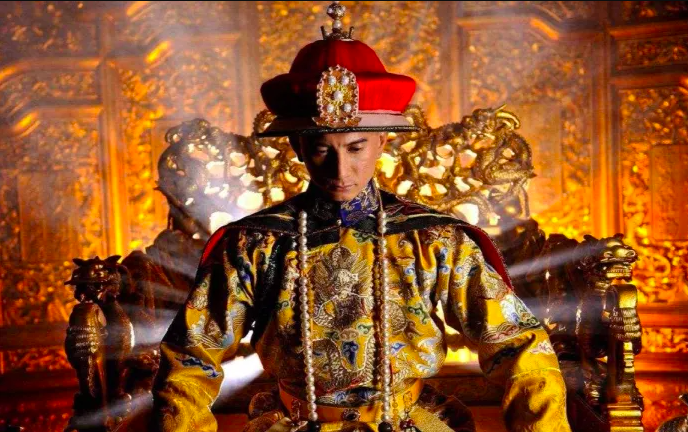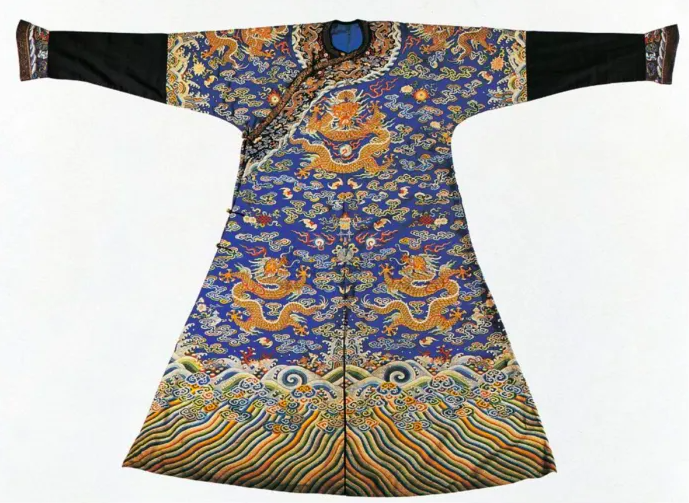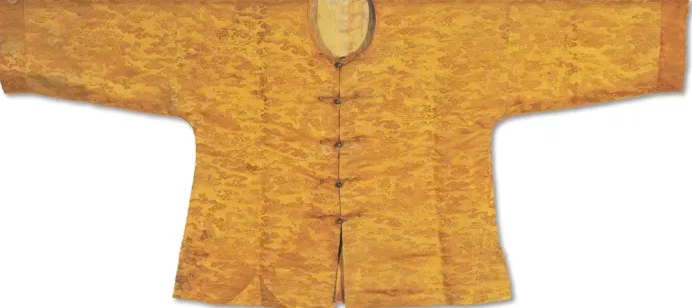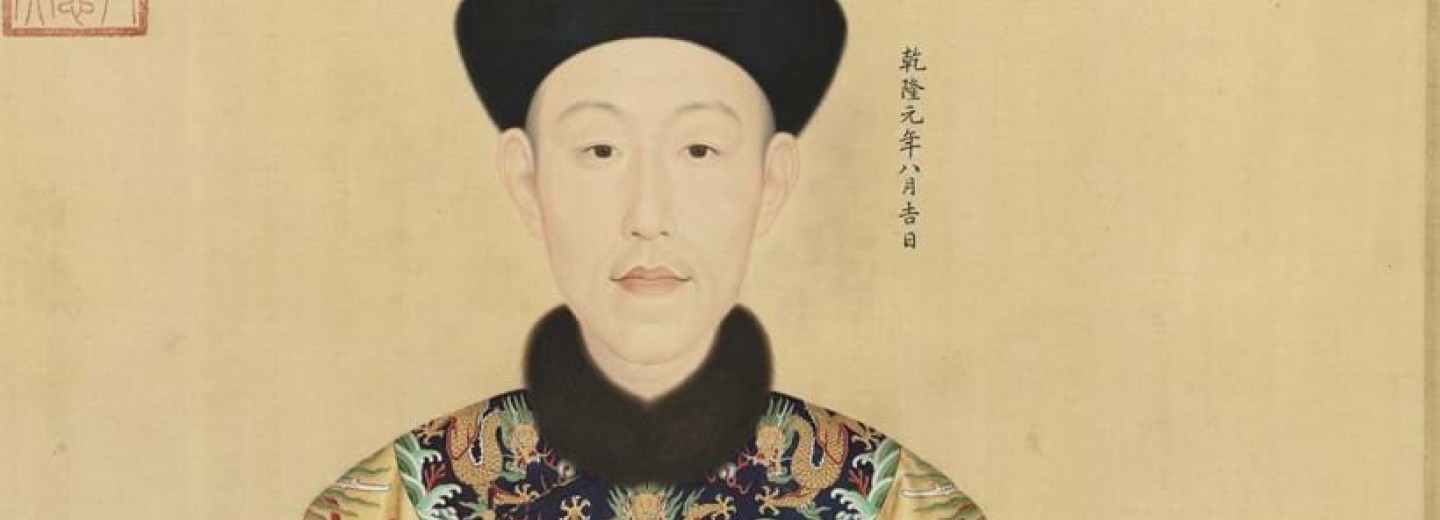Dragon Robes
Today we extract from an article in the ‘New QQ’ Chinese journal, some interesting historical details about the Chinese Emperor’s clothing written by Haoran Literature and History. What kind of spiritual world was hidden under the concentration of more than a thousand years of imperial power in the exquisite dragon robe?

The emperor was always the most important person in China's history because only the emperor had real power in the country. The dragon robe worn by the emperor was an important part of the imperial power. As the clothing of the supreme ruler, the dragon robe was exquisite and magnificent.
What's more important was the symbolic power in the dragon robe.
As early as the Shang (16th century BCE) and Zhou (1046 BCE) dynasties, the leader of the people (he was not called emperor then) wore a suit embroidered with dragon patterns and called it "dragon clothing". But this was not a "dragon robe". The design was generally under the coat, and the dragon was embroidered on the top. This kind of coat was not the daily wear of the ‘king’ and it was only worn on significant occasions such as sacrifices.
The following Qin and Han Dynasties inherited the etiquette of the Zhou Dynasty. The ‘Emperor’ title superseded the ‘Son of the Celestial/king’ with an extraordinary increase in power. They retained the dress code of the predecessor, primarily red and black. In later dynasties, there was a yellow robe, which was also embroidered with dragon patterns, but there was no so-called "dragon robe".
The first "dragon robe" came during the Qing Dynasty, in the middle to late 17th century. The colour of the dragon robe also continued the bright yellow of the Ming Dynasty. Most of the dragon robes existing today were "auspicious clothes". The emperor wore auspicious clothes or regular clothes, depending on the occasion.

The dragon robe depicts an imaginary beast of Chinese mythology and the noblest symbol. As we said, the dragon pattern appeared as early as the Shang and Zhou dynasties, but its shape was not fixed. Later, the dragon pattern became special for the royal family. Its body was longer and covered with scales. The number of claws varied according to rank. The emperor used five-clawed golden dragons, and the princes used four claws.

Chinese clothing was profoundly influenced by Confucian etiquette. Its heavy material and fixed patterns enabled Chinese clothing to distinguish between nobles and the lower class. Of course, this was a worldwide trend, but it is particularly prominent in China. The characteristics of the dragon robe, whether it is the five-clawed golden dragon, its unique bright yellow, or various decorations exclusive to the emperor, imply the strong exclusivity and uniqueness of the dragon robe.

Civilians and even officials in ancient society could not use the bright yellow colour. This was a royal colour, but the emperor could express his love and preference for a person by rewarding him with the so-called "yellow coat".
Seeing a yellow coat was like seeing the emperor. People must kneel down to express deference when they see a yellow coat. Even the ‘Monkey King’, who wanted to break everything, needed the majesty of the dragon robe. In a sense, wearing a dragon robe was equivalent to becoming an emperor. This is why in many TV series, the prince always wears a dragon robe at home when plotting secretly.
What was the emperor thinking when he put on his dragon robe? No historian has recorded it. But we can guess that when he put on the golden dragon robe, he would feel he had the whole world and real power. The dragon robe symbolised the emperor's identity and the extension of imperial power, but it often gave him power also. Whether the emperor gave the dragon robe its majesty or the dragon robe gave the emperor majesty, we can no longer tell.
The dragon robe and imperial power were fully integrated during the long imperial period.
Worked on the article:

Wanlikhang





